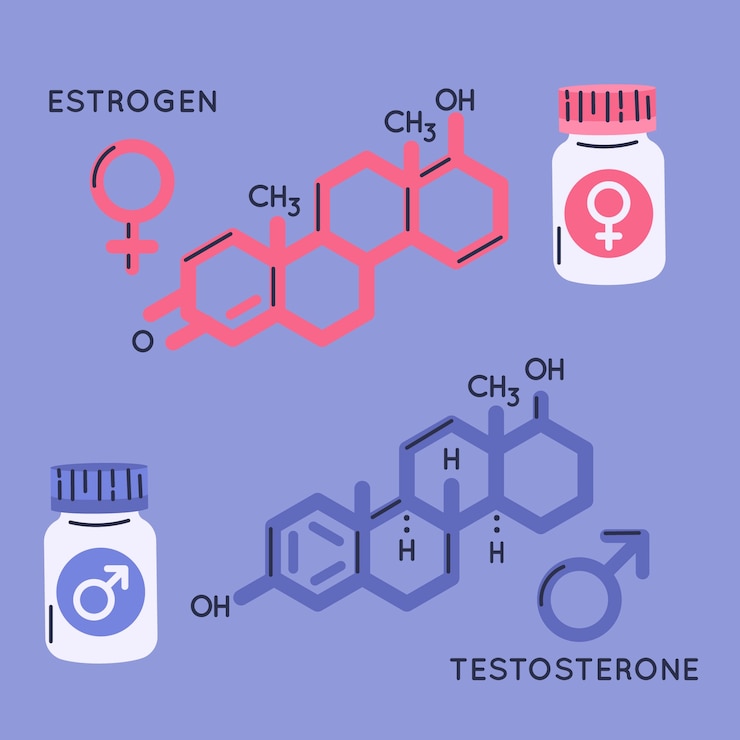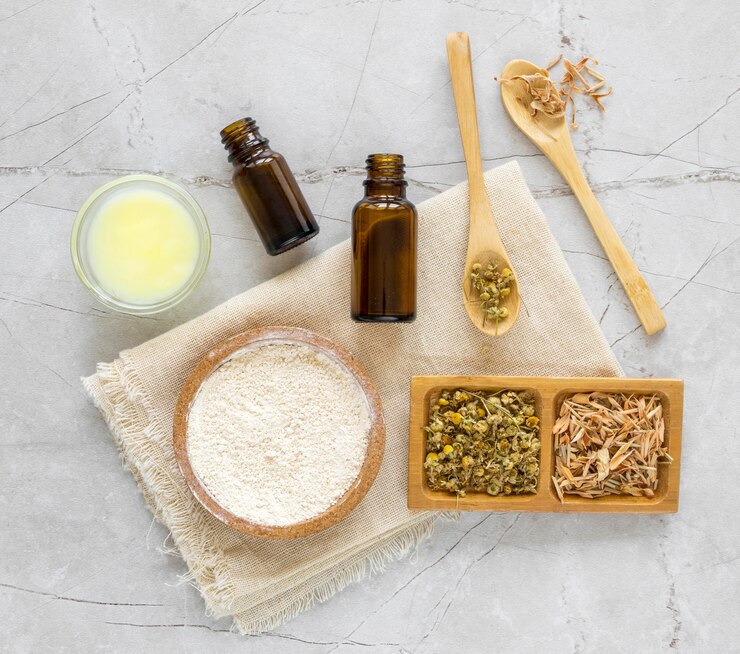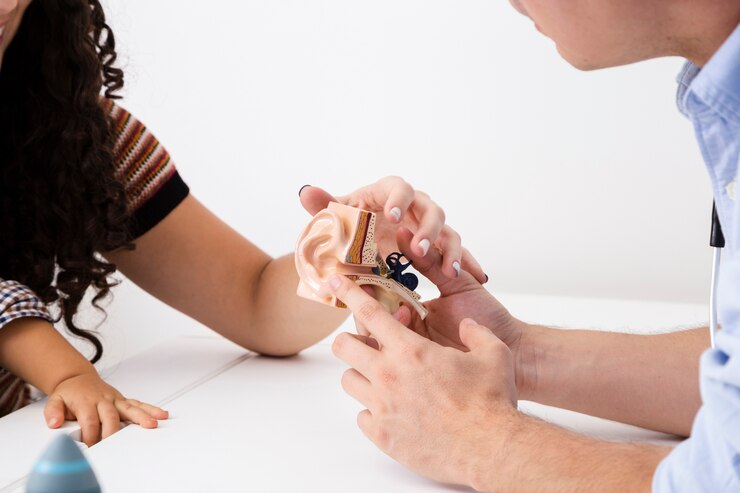
Why Does PMS Affect Your Skin?
Even long after our teenage years, PMS can still cause us to break out as if we’re back in school. This is because hormones influence not only our internal systems but also how our skin manages sebum, an oil our skin naturally produces.
Your monthly cycle is a balancing act between two primary female hormones: estrogen and progesterone. Estrogen takes the lead during the first half of your cycle, while progesterone dominates the second half. However, both decrease to their lowest levels just before your period.
Although estrogen and progesterone primarily drive the menstrual cycle, it’s the constant presence of testosterone—a hormone women also have, though in smaller amounts—that can impact your skin. When estrogen and progesterone drop right before menstruation, testosterone becomes more prominent in relation to the other hormones.
So, how does this relate to acne?
In the second half of your cycle, higher progesterone levels prompt your skin to produce more sebum—an oily substance that keeps your skin moisturized. As testosterone stays steady, it can lead to even more sebum production right before your period. While sebum is essential for preventing skin dryness, an excess can foster an environment for P. acnes, a bacterium that causes skin inflammation and breakouts. It’s not the oil that’s the issue but the bacteria that thrive on it.
Dietary Tips
Increase fiber: Fiber helps stabilize blood sugar levels, which can fluctuate and lead to acne. It also helps lower testosterone in women.
Eat more omega-3 EFAs: These healthy fats help reduce inflammation, which is the real cause behind acne, and may also lower testosterone levels.
Get antioxidants from food: Vitamins A, C, and E, carotenoids, and minerals like zinc and selenium are crucial for skin health as they support collagen production and repair skin damage. Instead of buying expensive skincare products, focus on eating antioxidant-rich foods to boost skin health from within.
Skin-Boosting Foods
Ground flaxseeds: High in fiber and a plant-based source of omega-3s, flaxseeds are excellent for your skin. They can even be used in gluten-free pizza crusts or as key ingredients in cookies.
Pumpkin and pumpkin seeds: Both are great for fighting acne, with seeds providing zinc and pumpkin flesh offering carotenoids, vitamin C, and fiber.
Asparagus: Despite its distinctive smell, asparagus can work wonders on your skin due to its selenium and vitamins C and E content.
Dark leafy greens: The darker the greens, the more nutrients like vitamins A, C, and E they contain. Add them to dishes like my Warm Beet Kale Bowl for extra fiber.
Almonds: Almonds are a fantastic source of vitamin E. While almond oil is common in skincare products, eating whole almonds ensures you also get their fiber benefits.
Foods to Avoid
Refined sugar and grains: Both disrupt blood sugar balance and lose fiber through processing, which can influence insulin levels.
Processed fats: These often lead to higher levels of trans and omega-6 fats, disrupting the omega-3 balance and encouraging inflammation.
Lifestyle Tips
Reduce stress: Chronic stress can lead to hormonal fluctuations, increasing the likelihood of breakouts. Spend time in nature and try meditation to manage stress.
Exercise: Exercise actually helps the body manage stress levels over time, leading to better skin health.
Use natural skincare: Avoid chemicals that disrupt hormones by opting for natural products. A rule of thumb is if you wouldn’t eat it, don’t put it on your skin.
Do you have any natural methods for dealing with PMS or acne? Share your thoughts in the comments!
For more, check out my other posts on balancing hormones:
– Part 3: Natural Solutions for Mood Improvement
– Part 2: Natural Solutions for Constipation
– Part 1: Natural Solutions for Food Cravings
I find that raspberry leaf tea reduces cramps, and probiotics and vitamin D help me. For acne, I recommend Batty’s Bath Cystic Acne Mask, which is made from clean ingredients.
For skincare, you should regularly incorporate these foods into your diet, not just around your period. Our team member Kate uses tea tree oil mixed with lotion to treat acne effectively.
As for young skincare suggestions, Joy enjoys Consonant’s Foaming Face Wash in summer, Penny Lane Organics Cleansing Milk in winter, and their moisturizers and Calendula Sensitive Skin Serum. Hopefully, this is helpful! – Rachel, Joyous Health Team


